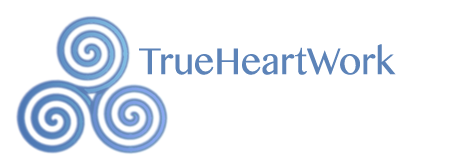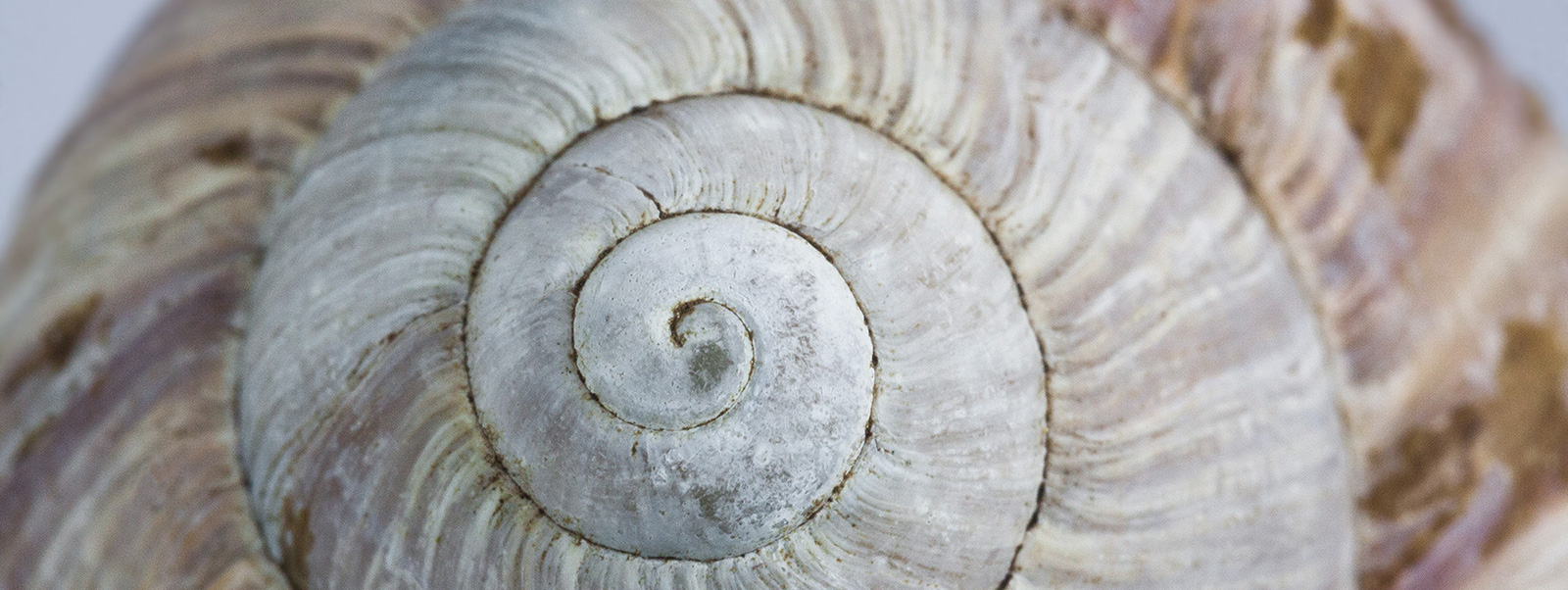Heartbeats
 Intuition, psychic powers, mediumship and spiritual séances are all the province of astrological Neptune.
Intuition, psychic powers, mediumship and spiritual séances are all the province of astrological Neptune.
Long before Rene Descartes announced, cogito, ergo sum. I think therefore I am, the irrational mind, the realm of intuition and symbolic thought, was an incendiary to the collective projections of those shadowy parts of our humanness that slumber within us all.
Can we hear the whisper of our Higher Self in the babble and bustle of over-scheduled lives? Do we have the time and inclination to spin straw into gold, or venture outside without iPhones or Sat Navs in search of our Swans?
Author Anne Lamott suggests, “You get your intuition back when you make space for it, when you stop the chattering of the rational mind. The rational mind doesn’t nourish you. You assume that it gives you the truth, because the rational mind is the golden calf that this culture worships, but this is not true. Rationality squeezes out much that is rich and juicy and fascinating. Few of us arrive at a place of stillness where we can mine our intuitive knowing through sound bites and status updates.”
Founder of bio cognitive science and author of The Mind Body Code, Mario Martinez says “We suffer from Desartesian Anxiety. The split between mind and body. We have to develop transcendental legs.”
 In many shamanic traditions as well as in ancient Greece, madness was thought to be a possession by a deity. What a shaman would call a vision quest or an ecstatic trance might today be termed a psychotic episode.
In many shamanic traditions as well as in ancient Greece, madness was thought to be a possession by a deity. What a shaman would call a vision quest or an ecstatic trance might today be termed a psychotic episode.
Mystics and Martyrs, the thousands of intractable virgins who met gruesome deaths today might be labelled “anti-social or borderline, paranoid, or narcissistic” by psychologists who name parts that cannot be named and try to capture souls in butterfly nets made of clinical cases.
For some, intuitive powers are ridiculed, dismissed, or trivialized by those who adorn themselves in the Emperor’s Clothes of personal power.
We don’t have a vocabulary to fully describe the feeling of an intuitive “hit”. Some would say it diffuses the body with a deeper Knowing that feels like a union with the Divine. Our “gut feel” is part of our ancient legacy along with our dexterous prehensile thumb. Our foray into non-ordinary realms of more sophisticated levels of inner guidance is a quest for inner illumination and here we must enter the medial realm. Here we must find a place we can seek solace from the world and restore our trust in our own intuitive power without the comfort blanket of “proof” or a “sign.”
Caroline Myss says, “I firmly believe that intuitive or symbolic sight is not a gift but a skill. It is based on self-esteem.”
Those with supernatural powers who practiced the Old Religions seldom died peacefully in their beds. The old knowledge flowed through the generations in shadowy subterranean rivers across bones, through ashes of thousands of bodies consumed in the flames of suspicion and fear. It makes sense that our confidence is shaky.
Myth and fairy tales depict the hero’s journey that usually involves some kind of impossible trial or death defying test. Later fairy tales, sanitized by the industrious Brothers Grimm are colour-washed with various hues of morality but the message, if somewhat diluted and Disney-fied is still clear: Pride and vanity, greed and ill manners won’t impress Prince Charming. Only a pure and generous heart can receive the wisdom and guidance that brings true love and lasting happiness.
 There is a gossamer veil between the much sought-after “peak experience” lauded by some exponents of transpersonal psychology and the descent into madness or the oblivion of addiction. When is a visionary a lunatic or a guru or a saint? When is mediumship or the ability to traverse the medial realm simply an hysterical personality disorder? When is an intuitive simply a cunning conman? The danger of course is that Never-Never-Land is a place of perennial pleasure and moral ambiguity.
There is a gossamer veil between the much sought-after “peak experience” lauded by some exponents of transpersonal psychology and the descent into madness or the oblivion of addiction. When is a visionary a lunatic or a guru or a saint? When is mediumship or the ability to traverse the medial realm simply an hysterical personality disorder? When is an intuitive simply a cunning conman? The danger of course is that Never-Never-Land is a place of perennial pleasure and moral ambiguity.
All our experiences are subjective, deeply personal. Our human experience is eloquently reflected in our birth charts. Astrology has a planetary symbol to describe our human experience. There is a precise and perfect moment of divination. And As above so below. The great astrologer Isabel Hickey once told her students that so many of us ring up our Higher Selves then put down the phone before we can receive an answer.
When we appeal to our intuition ( Higher Self or Wise Man or Woman ) for guidance the answer may come in a dream or appear while we are walking to work.
 Along with our ability to discern different colours of fruit and berries in the jungle our brains have evolved over the eons to discern, to compartmentalize, to judge and label – good or bad.
Along with our ability to discern different colours of fruit and berries in the jungle our brains have evolved over the eons to discern, to compartmentalize, to judge and label – good or bad.
Many tarot cards readers and astrologers dread the black and white and the client that sits back in the chair saying, “so will this be good a good year for me?” as if some Celestial Thunderbolt will emerge from a bruised bank of clouds at the stroke of midnight and jump start a stalled relationship, reverse the course of cancer, remove all intractable obstacles towards riding to the ball in a glistening coach drawn by eight white horses.
“The intuitive mind is a sacred gift and the rational mind is a faithful servant. We have created a society that honors the servant and has forgotten the gift,” is the much-quoted comment by Piscean Albert Einstein.
We so generously hand over our power to others, so quickly forget that within the wisdom of our heart and the wise brain of our body, lie a repository of wisdom that had been encoded for centuries.
Deepak Chopra says that “intuition should come in the pure clarity of silence and should guide you into spontaneously making evolutionary choices.” It requires courage and vigilance to sift our own emotional and mental flotsam – diligently and as it comes up to and weave a veil of integrity, whole heartedness and true compassion. This requires us to discern the difference between our own narratives and those voices that have authority over us. The real spiritual journey is ongoing. It requires what Caroline Myss calls becoming more attuned, even though we sometimes have to start all over again but we become more astute and stronger at it.
And so, if we stay true to our personal code of honour and practice loving kindness to all sentient beings, our intuition will be a beacon to guide us through even the darkest hours of our lives. It is inner sight that we develop as we undertake our heroes’ journey and when our eyes grow dim with age our guiding light will shine brightly as we prepare to say our last goodbyes.
“He re is my secret. It is very simple: It is only with the heart that one can see rightly; what is essential is invisible to the eye,” said The Little Prince – Antoine de Saint-Exupéry.
re is my secret. It is very simple: It is only with the heart that one can see rightly; what is essential is invisible to the eye,” said The Little Prince – Antoine de Saint-Exupéry.
Jose Gonzalez – Heartbeats










